Urban Fietzek
Granular Motor State Monitoring of Free Living Parkinson's Disease Patients via Deep Learning
Dec 11, 2019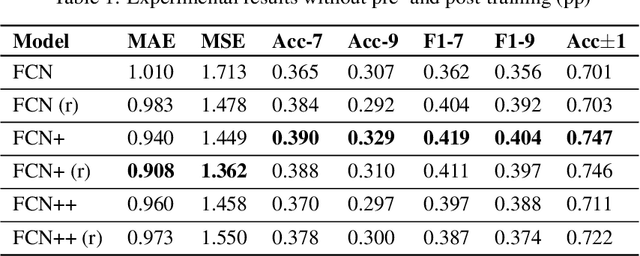
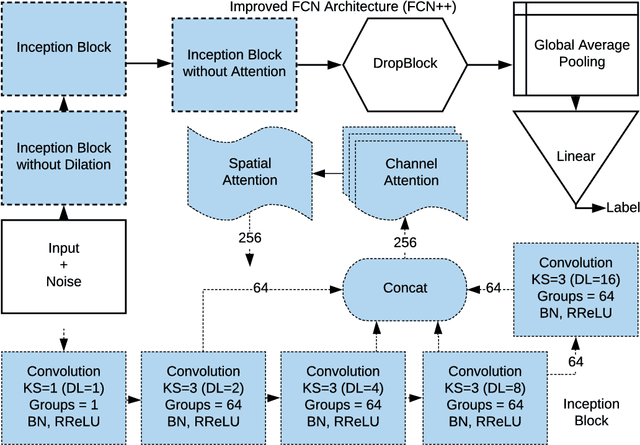
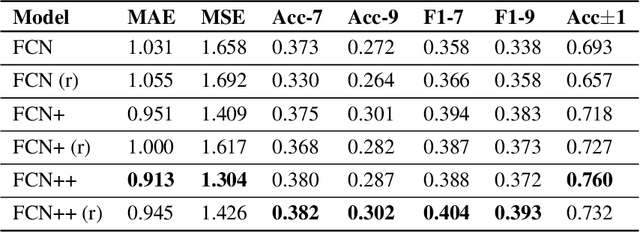
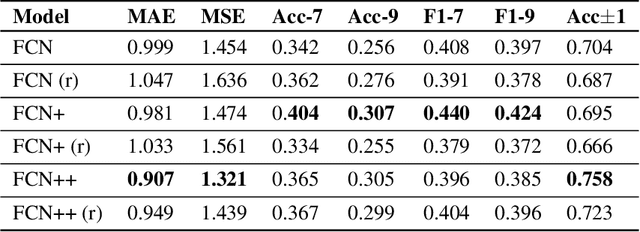
Abstract:Parkinson's disease (PD) is the second most common neurodegenerative disease worldwide and affects around 1% of the (60+ years old) elderly population in industrial nations. More than 80% of PD patients suffer from motor symptoms, which could be well addressed if a personalized medication schedule and dosage could be administered to them. However, such personalized medication schedule requires a continuous, objective and precise measurement of motor symptoms experienced by the patients during their regular daily activities. In this work, we propose the use of a wrist-worn smart-watch, which is equipped with 3D motion sensors, for estimating the motor fluctuation severity of PD patients in a free-living environment. We introduce a novel network architecture, a post-training scheme and a custom loss function that accounts for label noise to improve the results of our previous work in this domain and to establish a novel benchmark for nine-level PD motor state estimation.
Wearable-based Parkinson's Disease Severity Monitoring using Deep Learning
Apr 24, 2019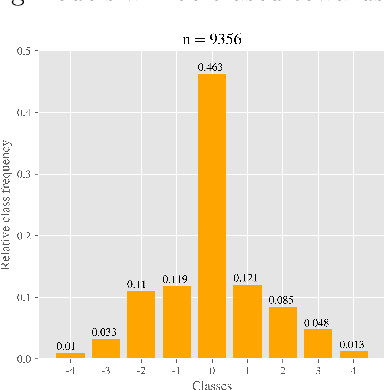
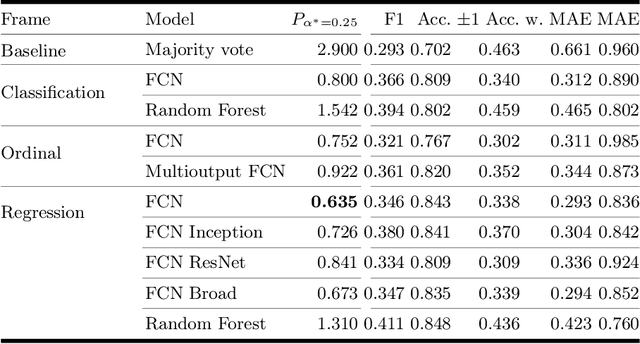
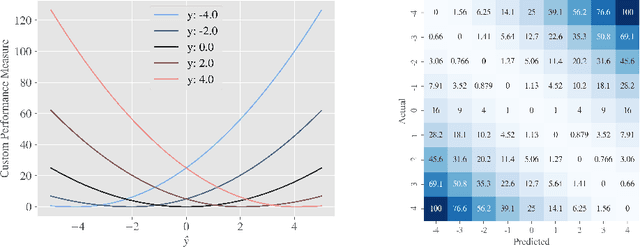
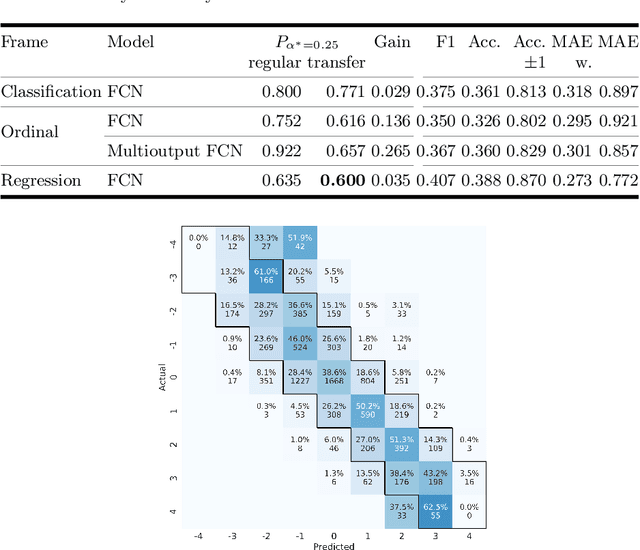
Abstract:One major challenge in the medication of Parkinson's disease is that the severity of the disease, reflected in the patients' motor state, cannot be measured using accessible biomarkers. Therefore, we develop and examine a variety of statistical models to detect the motor state of such patients based on sensor data from a wearable device. We find that deep learning models consistently outperform a classical machine learning model applied on hand-crafted features in this time series classification task. Furthermore, our results suggest that treating this problem as a regression instead of an ordinal regression or a classification task is most appropriate. For consistent model evaluation and training, we adopt the leave-one-subject-out validation scheme to the training of deep learning models. We also employ a class-weighting scheme to successfully mitigate the problem of high multi-class imbalances in this domain. In addition, we propose a customized performance measure that reflects the requirements of the involved medical staff on the model. To solve the problem of limited availability of high quality training data, we propose a transfer learning technique which helps to improve model performance substantially. Our results suggest that deep learning techniques offer a high potential to autonomously detect motor states of patients with Parkinson's disease.
A Multi-layer Gaussian Process for Motor Symptom Estimation in People with Parkinson's Disease
Sep 27, 2018



Abstract:The assessment of Parkinson's disease (PD) poses a significant challenge as it is influenced by various factors which lead to a complex and fluctuating symptom manifestation. Thus, a frequent and objective PD assessment is highly valuable for effective health management of people with Parkinson's disease (PwP). Here, we propose a method for monitoring PwP by stochastically modeling the relationships between their wrist movements during unscripted daily activities and corresponding annotations about clinical displays of movement abnormalities. We approach the estimation of PD motor signs by independently modeling and hierarchically stacking Gaussian process models for three classes of commonly observed movement abnormalities in PwP including tremor, (non-tremulous) bradykinesia, and (non-tremulous) dyskinesia. We use clinically adopted severity measures as annotations for training the models, thus allowing our multi-layer Gaussian process prediction models to estimate not only their presence but also their severities. The experimental validation of our approach demonstrates strong agreement of the model predictions with these PD annotations. Our results show the proposed method produces promising results in objective monitoring of movement abnormalities of PD in the presence of arbitrary and unknown voluntary motions, and makes an important step towards continuous monitoring of PD in the home environment.
Parkinson's Disease Assessment from a Wrist-Worn Wearable Sensor in Free-Living Conditions: Deep Ensemble Learning and Visualization
Aug 08, 2018


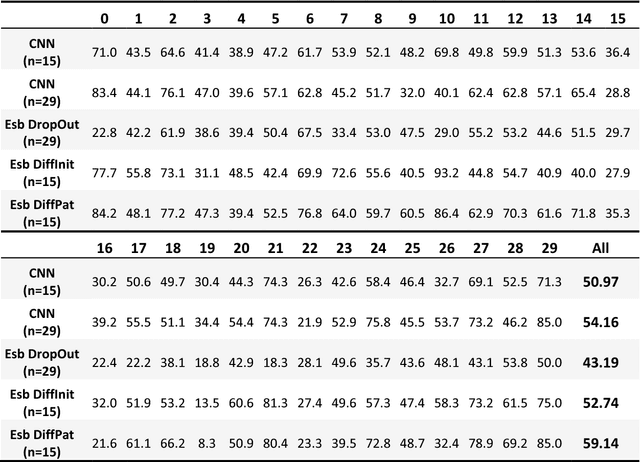
Abstract:Parkinson's Disease (PD) is characterized by disorders in motor function such as freezing of gait, rest tremor, rigidity, and slowed and hyposcaled movements. Medication with dopaminergic medication may alleviate those motor symptoms, however, side-effects may include uncontrolled movements, known as dyskinesia. In this paper, an automatic PD motor-state assessment in free-living conditions is proposed using an accelerometer in a wrist-worn wearable sensor. In particular, an ensemble of convolutional neural networks (CNNs) is applied to capture the large variability of daily-living activities and overcome the dissimilarity between training and test patients due to the inter-patient variability. In addition, class activation map (CAM), a visualization technique for CNNs, is applied for providing an interpretation of the results.
Data Augmentation of Wearable Sensor Data for Parkinson's Disease Monitoring using Convolutional Neural Networks
Nov 08, 2017
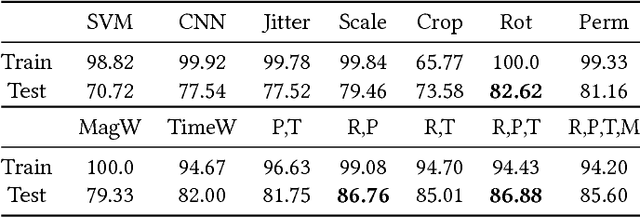


Abstract:While convolutional neural networks (CNNs) have been successfully applied to many challenging classification applications, they typically require large datasets for training. When the availability of labeled data is limited, data augmentation is a critical preprocessing step for CNNs. However, data augmentation for wearable sensor data has not been deeply investigated yet. In this paper, various data augmentation methods for wearable sensor data are proposed. The proposed methods and CNNs are applied to the classification of the motor state of Parkinson's Disease patients, which is challenging due to small dataset size, noisy labels, and large intra-class variability. Appropriate augmentation improves the classification performance from 77.54\% to 86.88\%.
 Add to Chrome
Add to Chrome Add to Firefox
Add to Firefox Add to Edge
Add to Edge